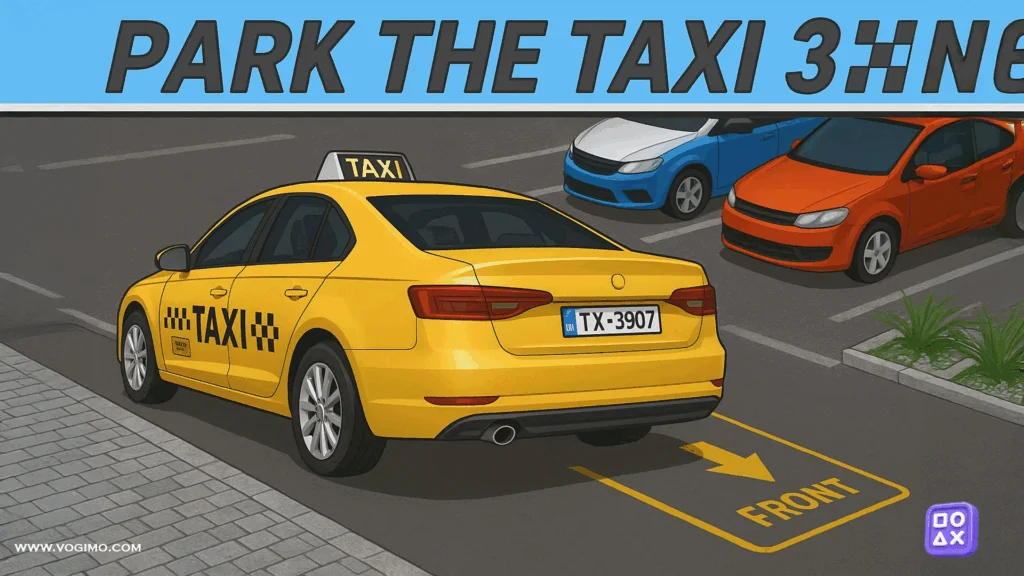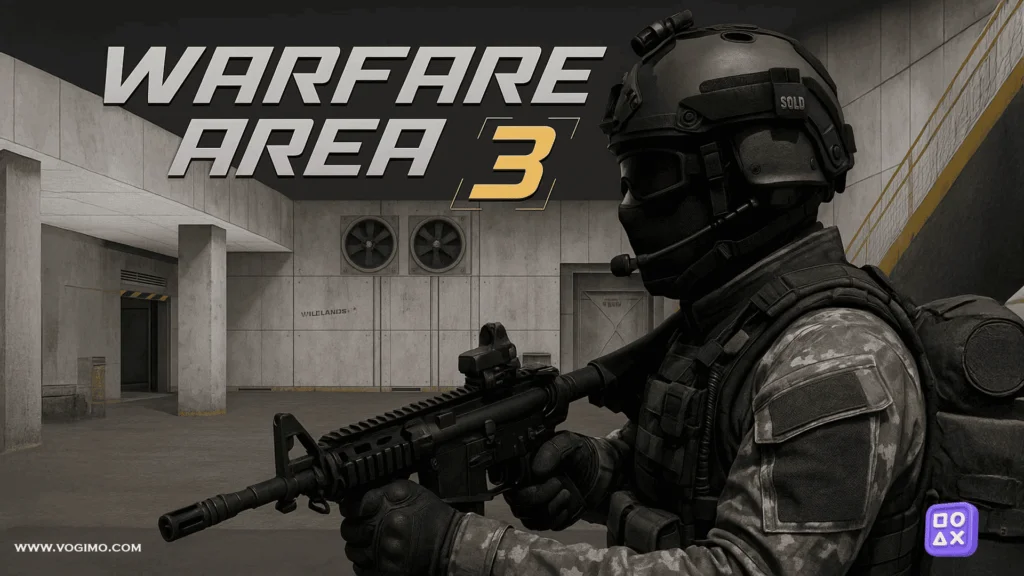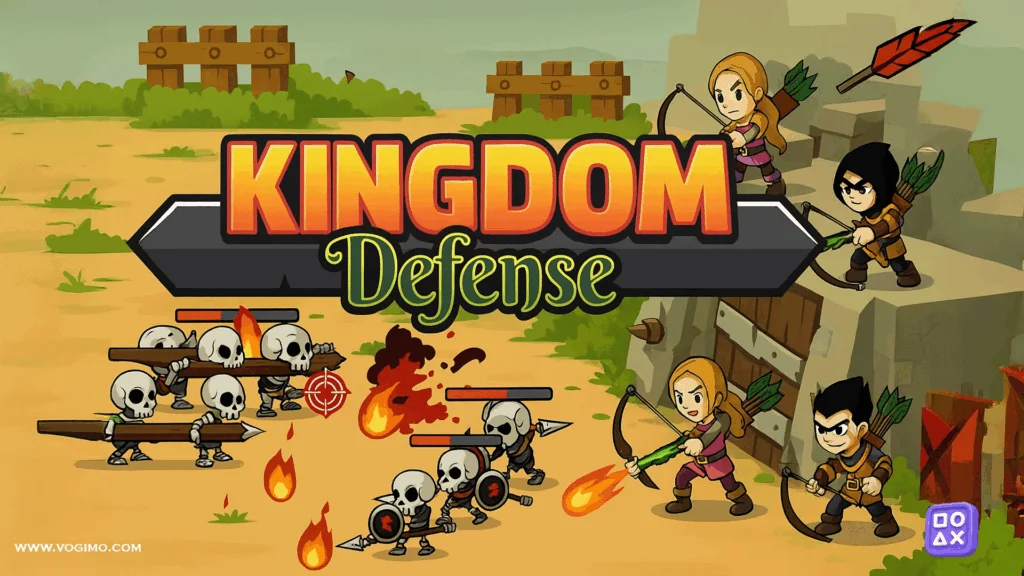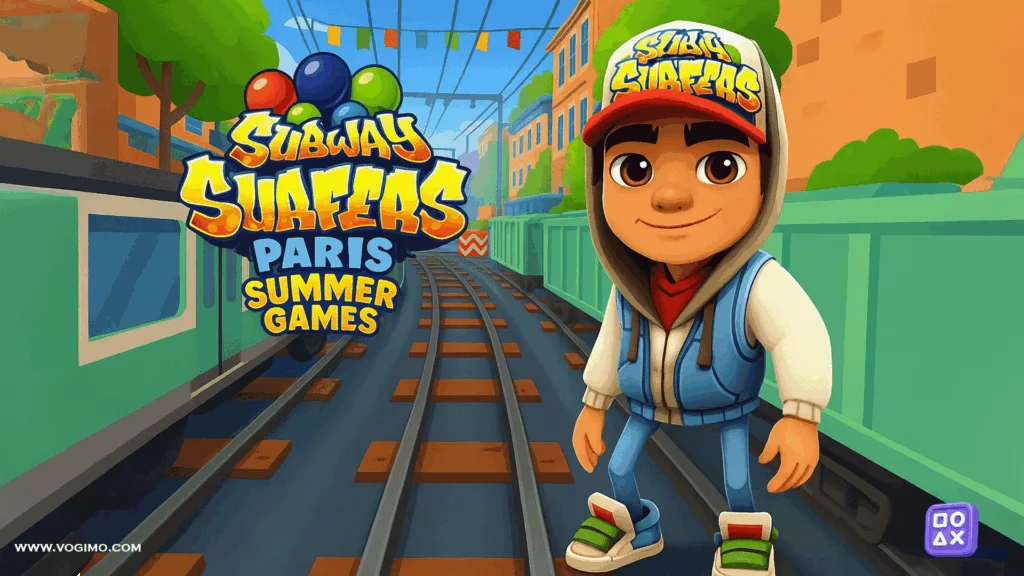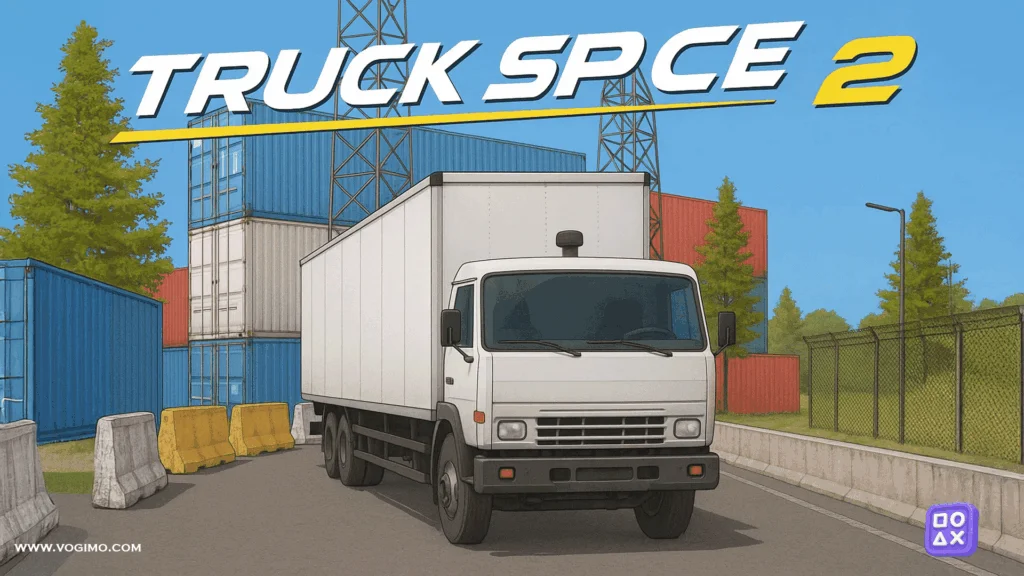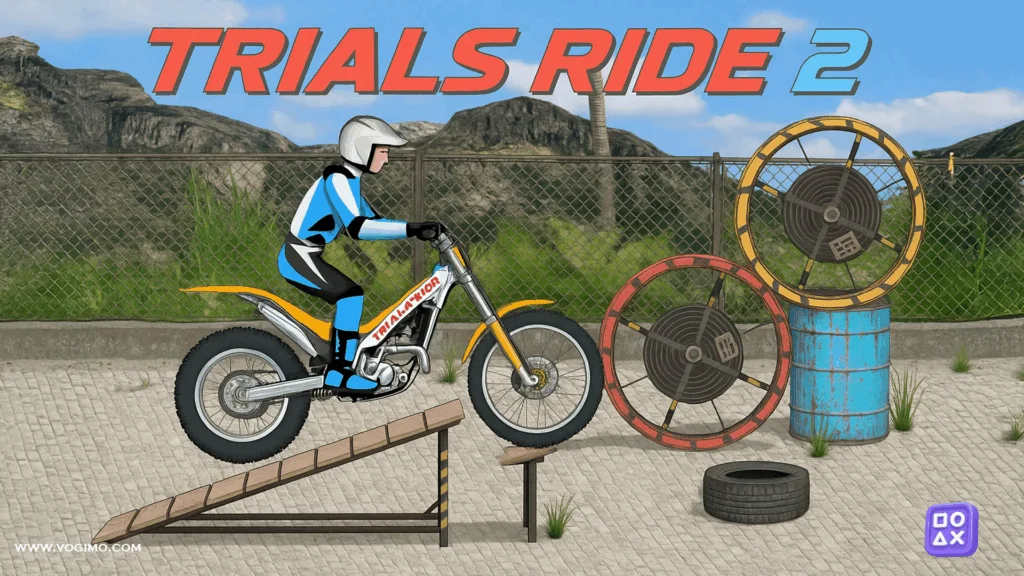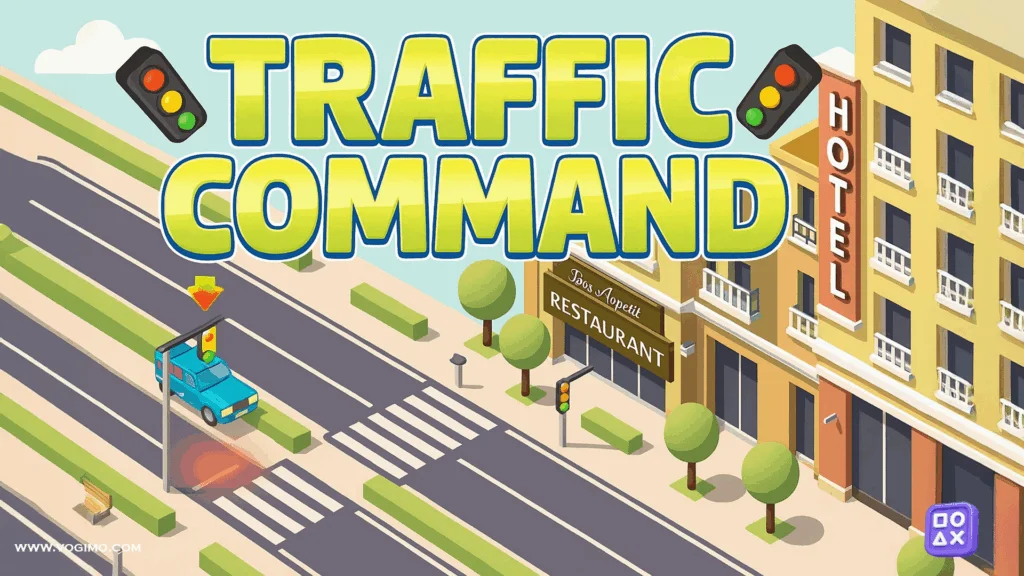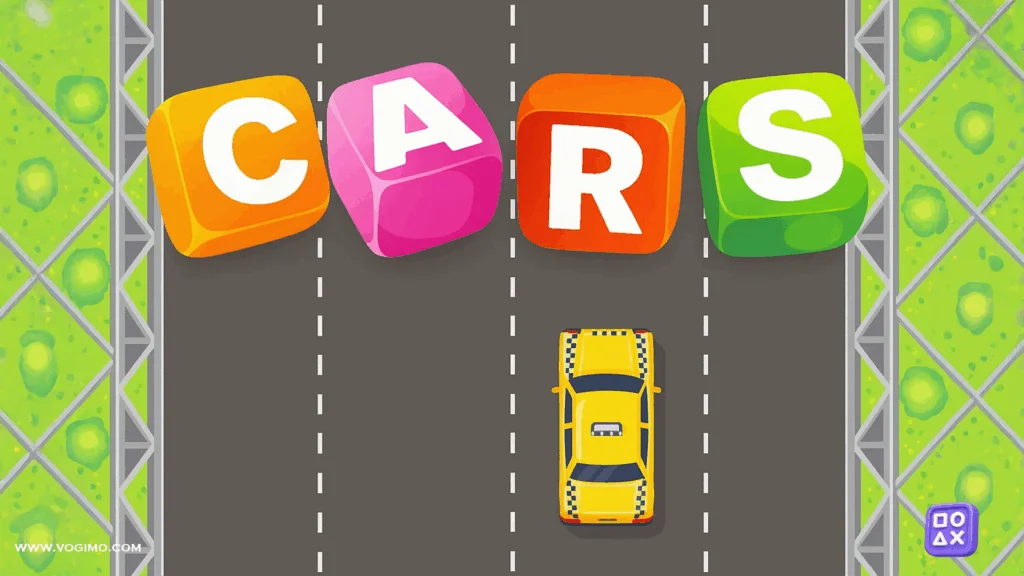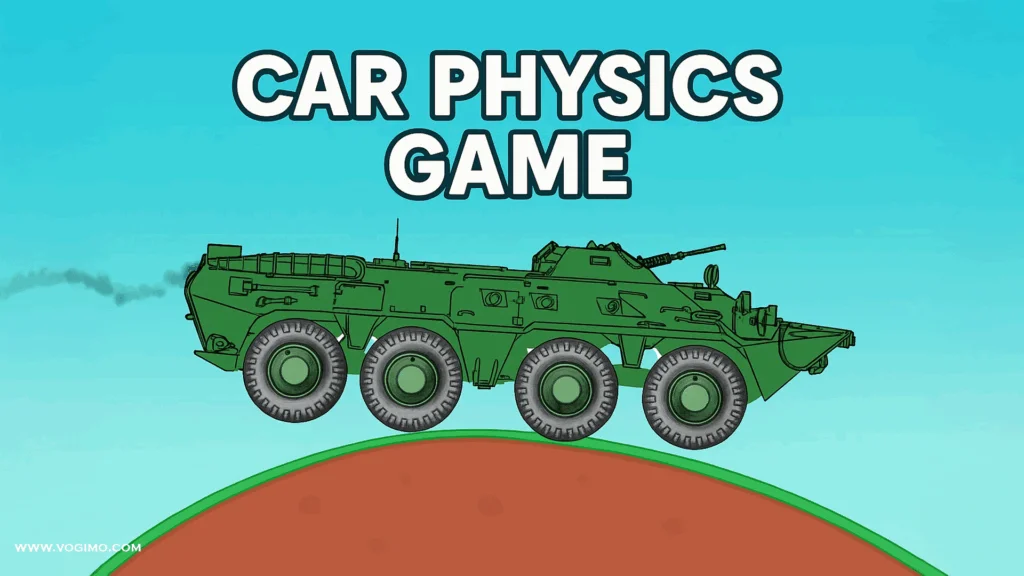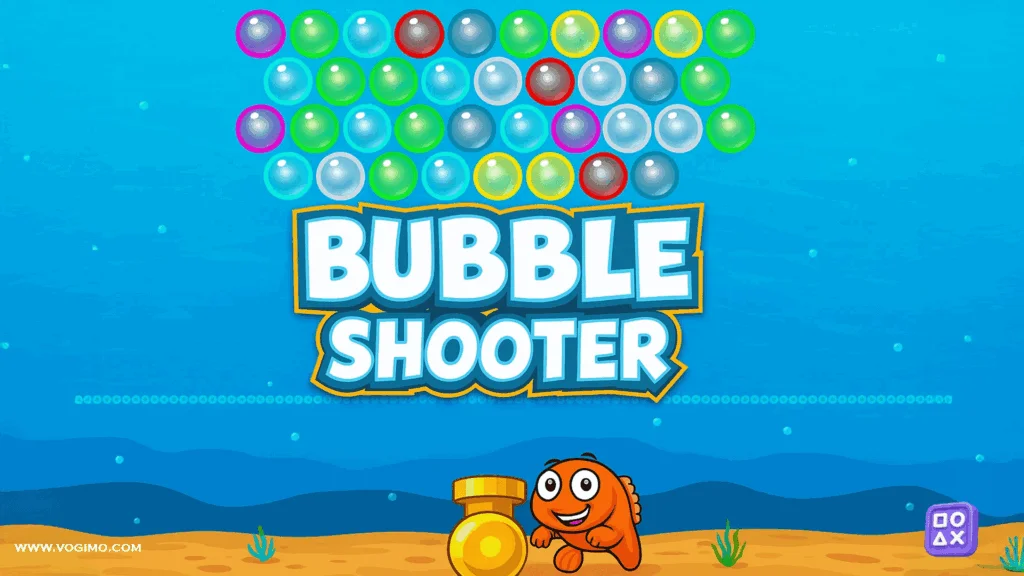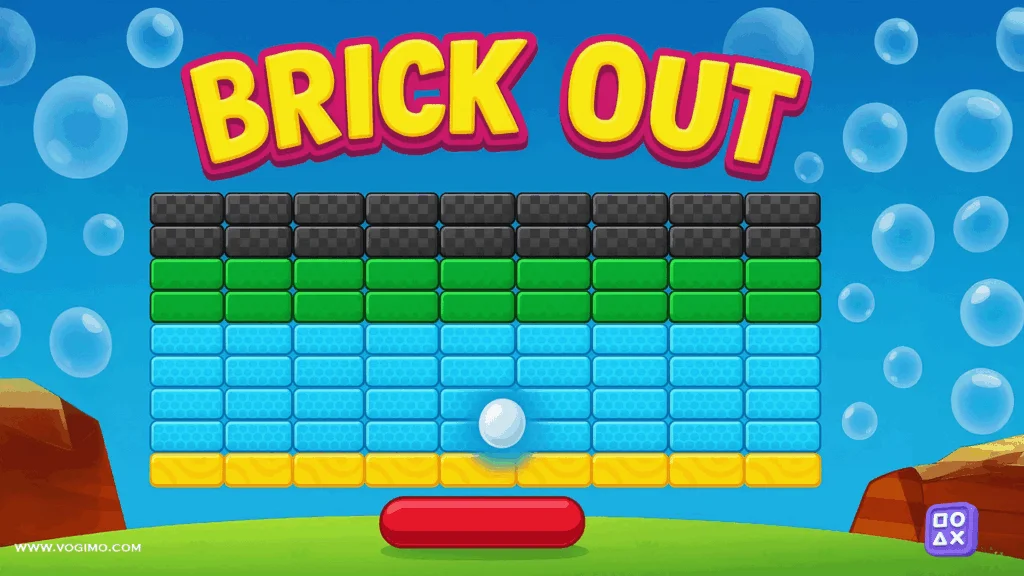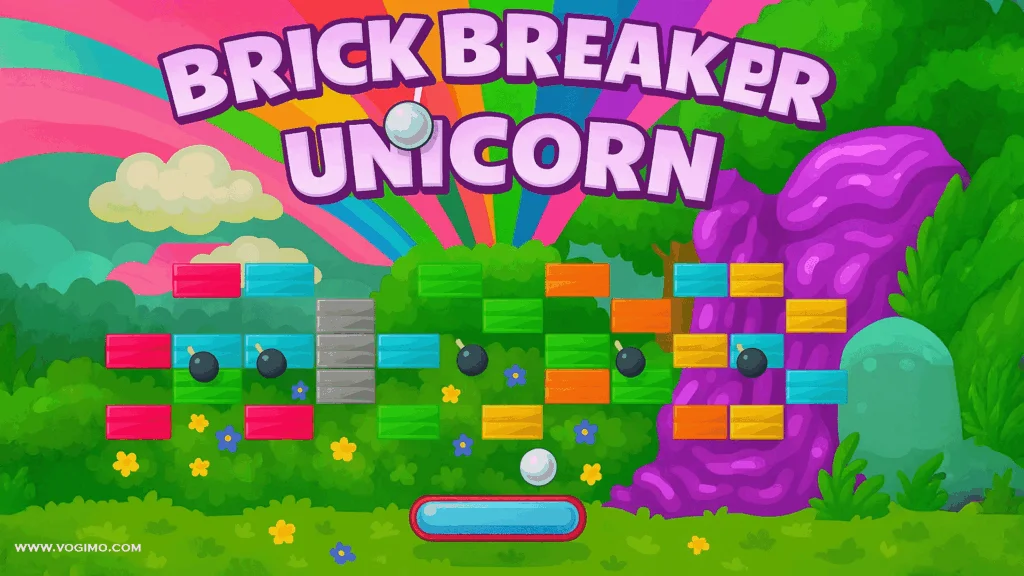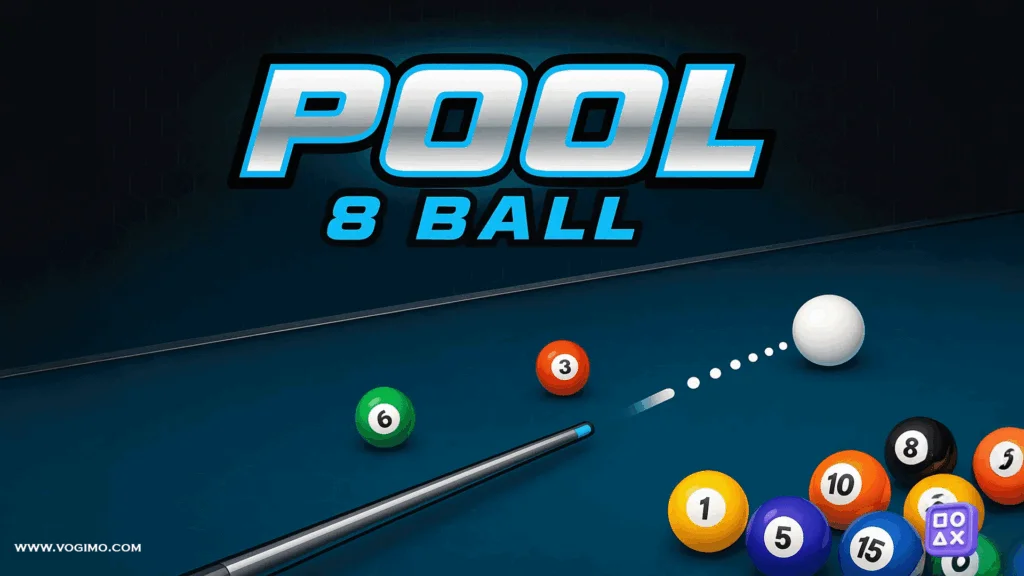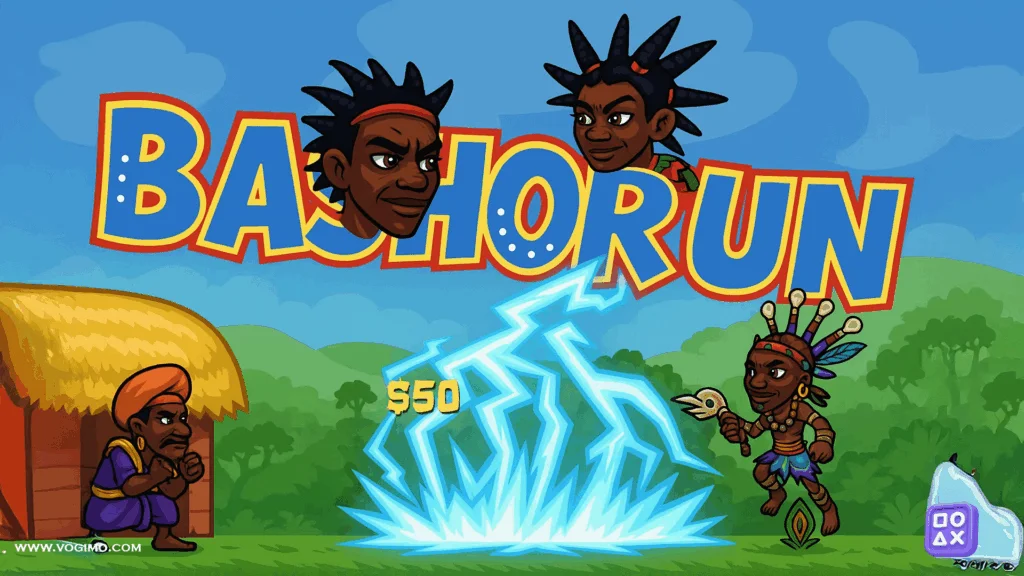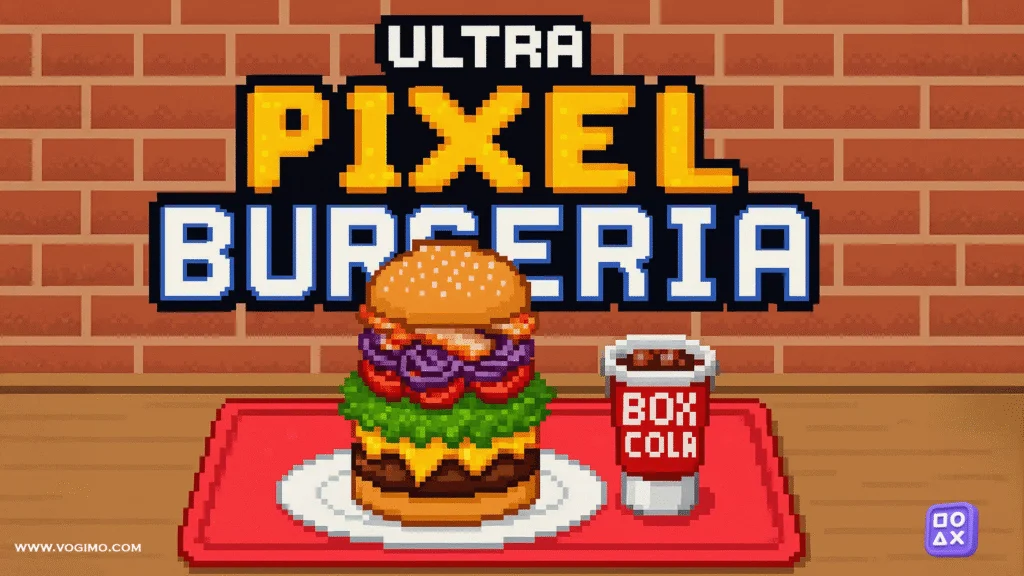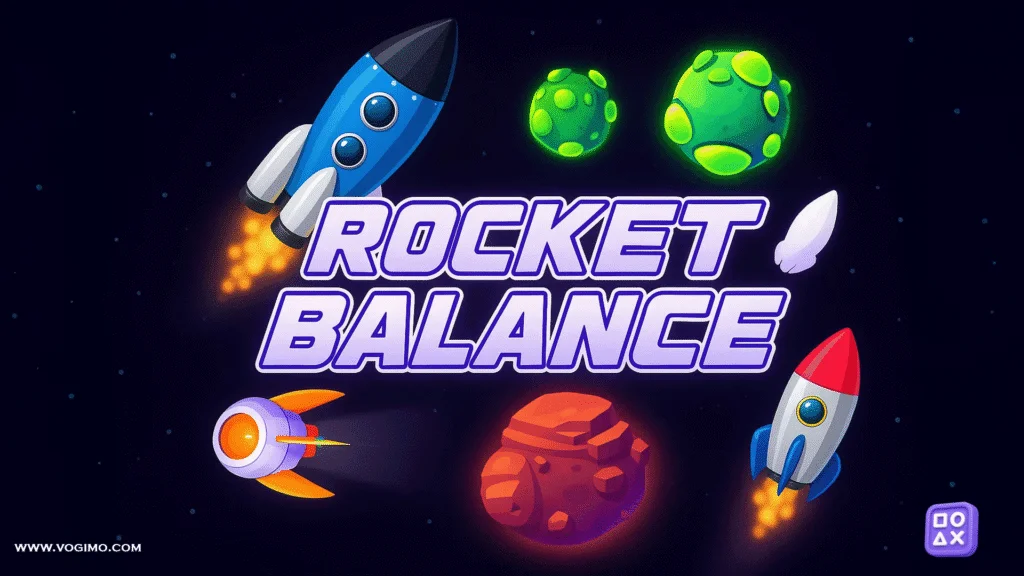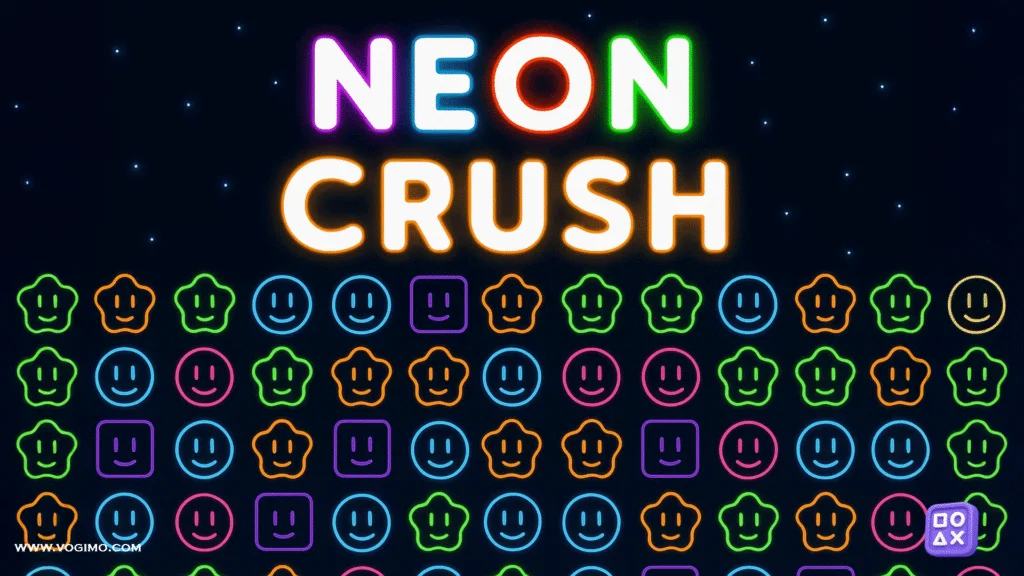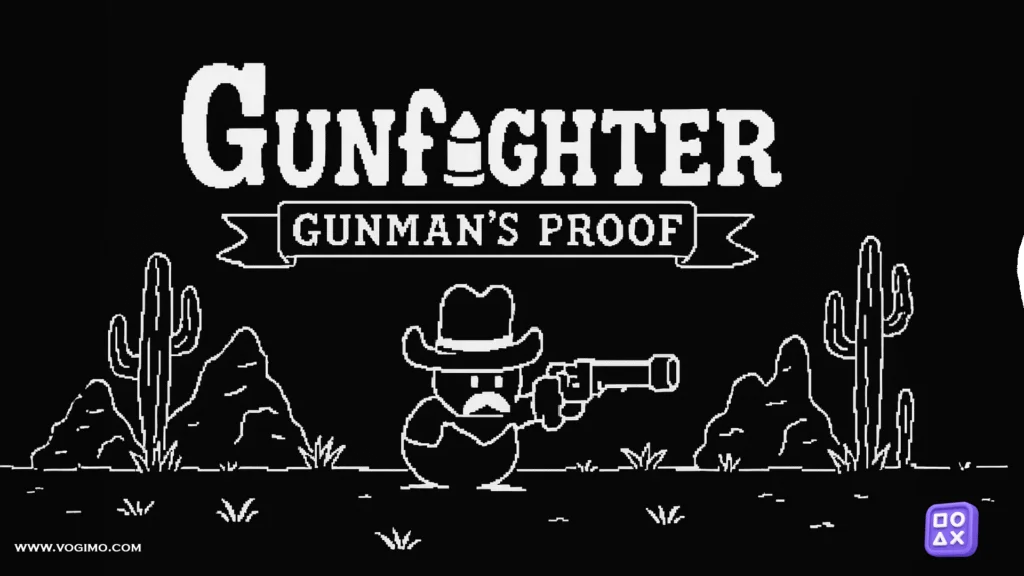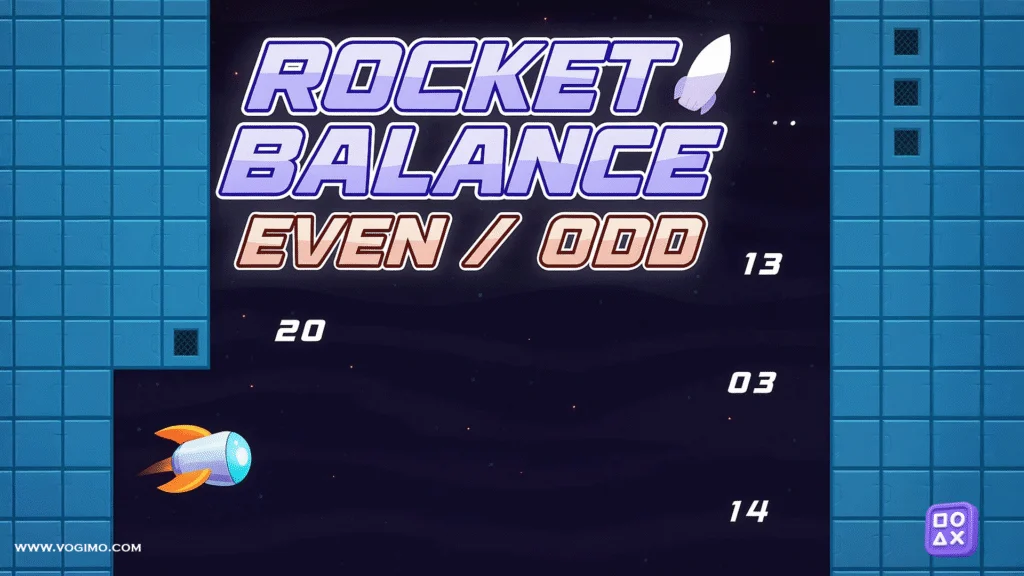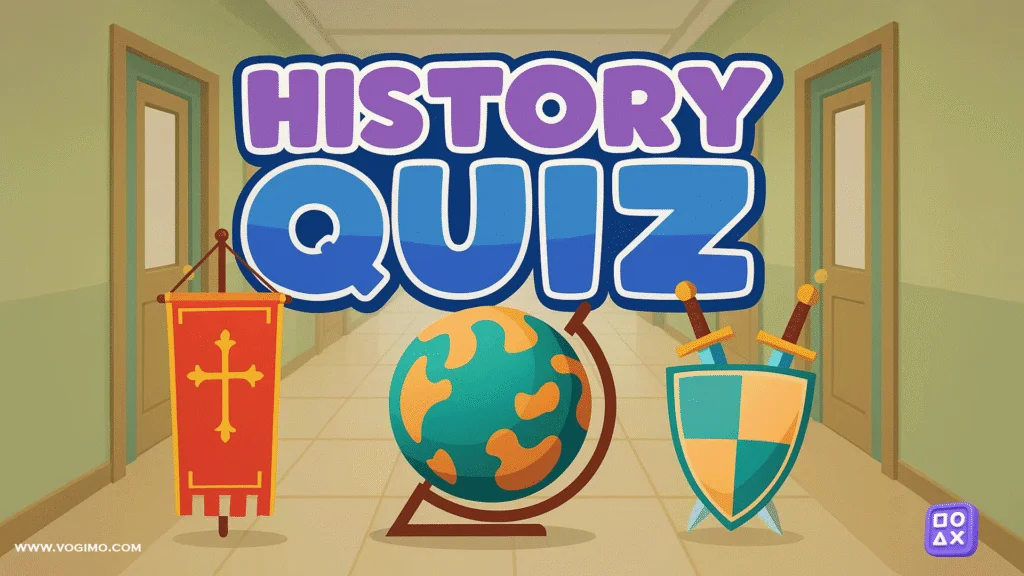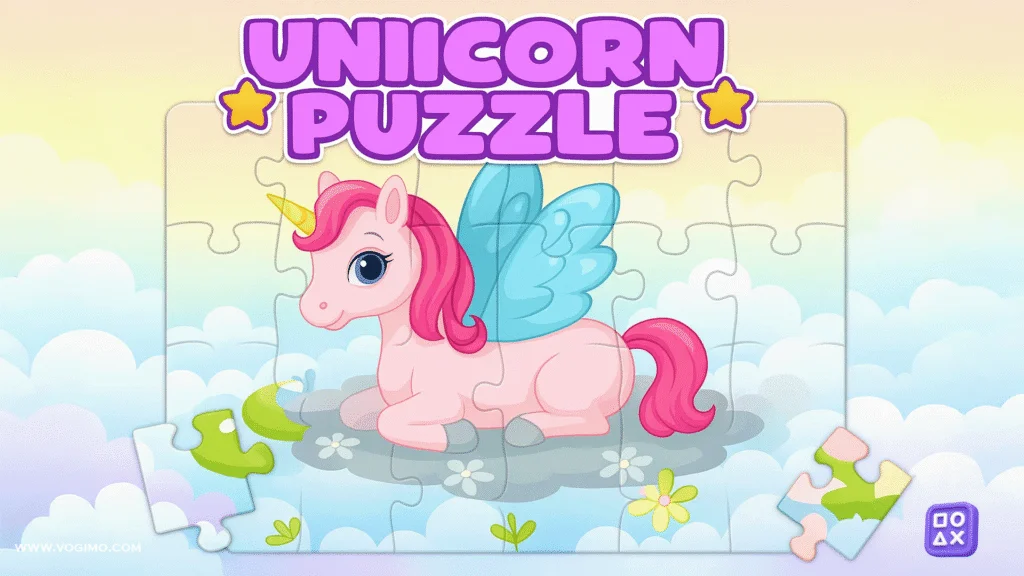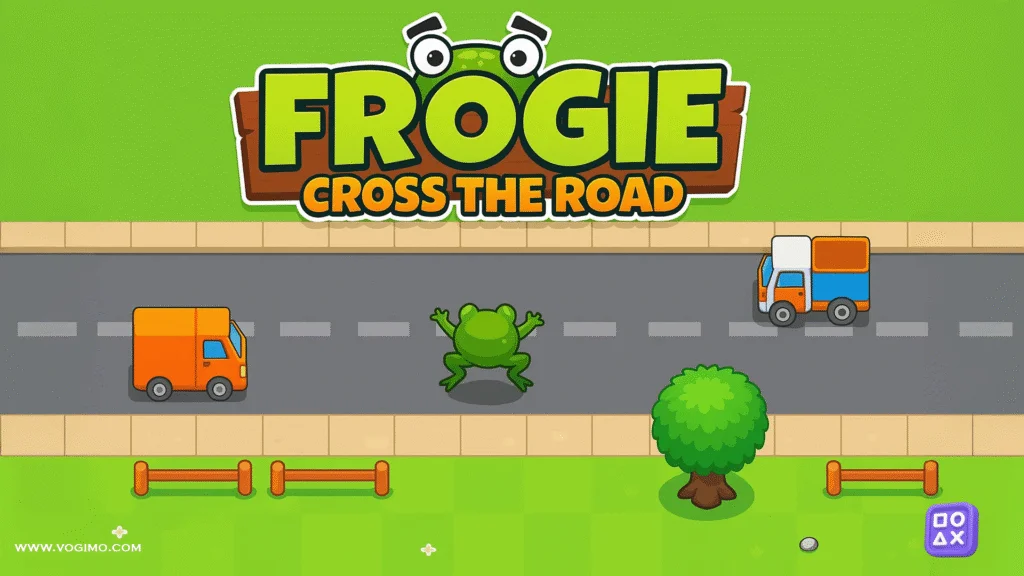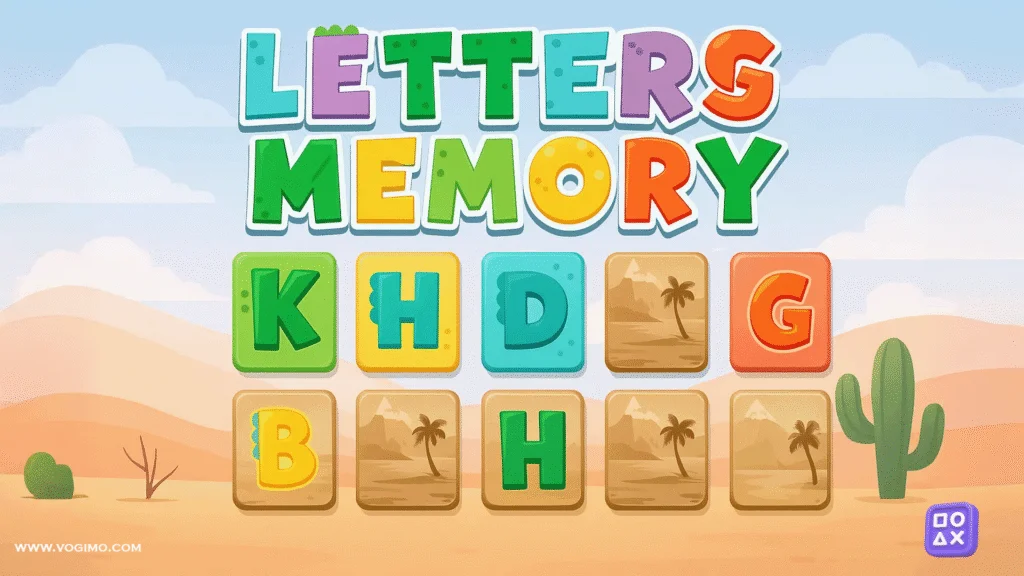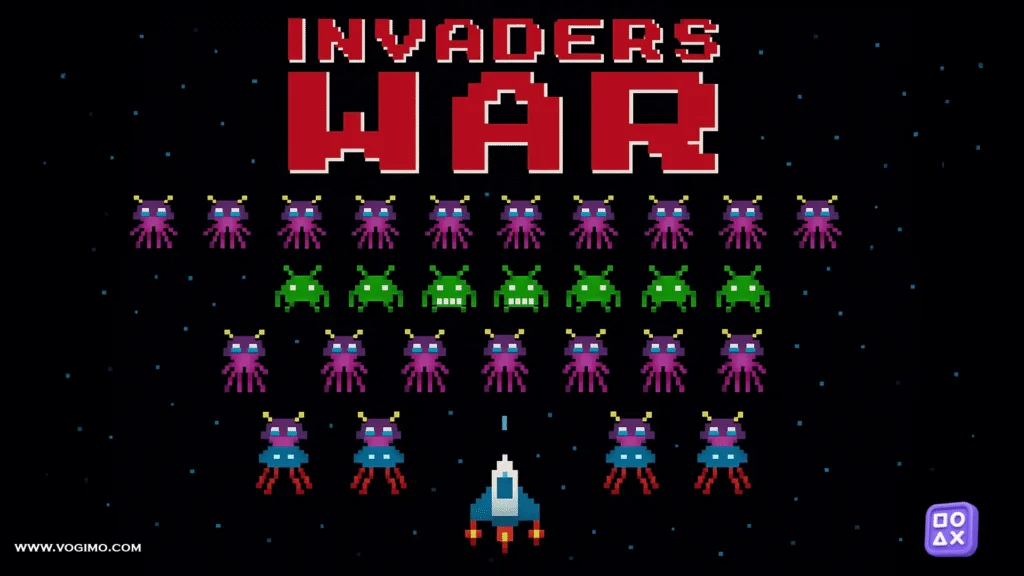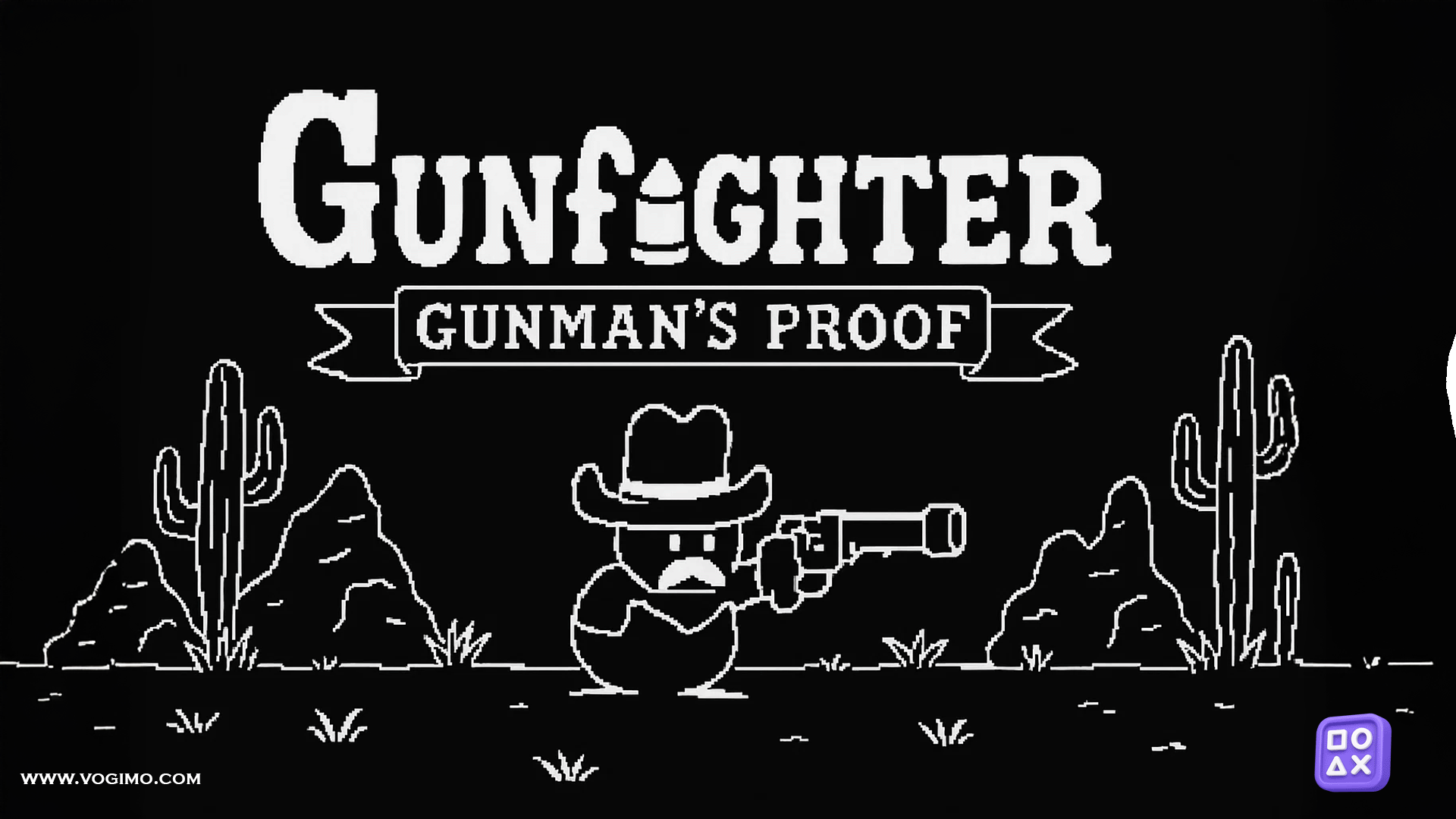Gunfighter Gunman Proof bullets, builds, and the trouble you’ll happily run toward
At first glance, Gunfighter Gunman Proof looks like a straight shot: a side-scrolling run-and-gun where you hop, shoot, and keep moving. Two rooms in, it starts to feel less like sprinting and more like composure. Enemies don’t just show up; they arrive in clumps, from odd angles, with timing that appears designed to trip your rhythm. Clear a stage and you’re offered a perk for the next one. That single fork—pick A or pick B—ends up steering the whole run.
You’re a gunslinger on a rescue mission for his girlfriend. Classic motive, yes, but it gives the chaos a spine. Every room you survive feels like one step closer. The loop is clean: push through a level, survive the mob, choose a perk, repeat. Your decisions stack. A touch more damage here, a sliver of movement speed there, maybe a wider shot or a nudge of knockback. None of it is flashy on its own, yet together it becomes your build—the personality of your run—which is, oddly, the fun part.
It plays like a roguelike at heart. When you biff it—and you will—you’re back to square one with only your know-how carried forward. That may sound punishing, but it’s what makes the next attempt better. You learn to keep an exit lane, to kite along edges instead of the center, to avoid getting pinned between a jumper and a shooter. You also learn to stop chasing coins or pickups when the room hasn’t earned that kind of greed. The game isn’t stingy; it’s specific.
Difficulty ramps sensibly. Early levels read like drills: roomy platforms, gentle waves, plenty of time to practice jump-shoot rhythm. Later, the layout grows fussy in a way that feels intentional—tight corridors, staggered spawns that refuse to line up, and patterns that reward patience over bravado. I caught myself counting under my breath—“one, two—jump; shoot”—like I was threading a beat rather than bulldozing a hallway. When it clicks, you stop reacting and start setting the tempo.
Perk choices vary, but the families become familiar: survival (extra health, brief safety after a hit), control (knockback, wider shots, small stuns), and pressure (rate of fire, multi-shot, pierce). A few picks look glamorous and prove niche; others seem modest and end up carrying you. That uncertainty is part of the draw—there’s always a better line you might have taken. If you’re unsure, survivability plus one crowd-control option tends to outperform pure glass-cannon greed.
Combat itself feels honest. Shots land where you aim, jumps have a readable arc, and the gun’s cadence nudges you to place bursts rather than mash mindlessly. Ranged enemies telegraph; melee rushers tell on themselves with a little foot shuffle. If you take a hit, you usually know why. And if you don’t, the next room will explain it in plainer language. The game plays best when you slow down inside a fast moment: slide along a wall, carve space diagonally with fire, then cut back through the lane you just created.
Controls (Desktop only)
A / D: walk left / right
Space: jump
Mouse click: shoot
Playable on desktops with mouse + keyboard.
Quick tips to score high (and actually survive)
• Keep an exit lane. Enter along one wall, sweep across the room, and leave the far wall free for your loop.
• Take survival first, style second. Early health or brief safety windows usually pay more than raw damage.
• Trim the crowd. Delete fast melee enemies before dueling back-line shooters.
• Aim through lines. If you find pierce or wider shots, angle diagonally to tag multiple targets.
• Stutter your fire. Short bursts keep drift in check and make mid-air corrections easier.
• Jump with intent. Use jumps to reposition, not as panic; landing in fresh spawns ends runs.
• Clean corners. Enemies love off-screen hides—nudge forward, bait, backstep, then commit.
Common mistakes (and fixes)
• Standing in the center “to see everything.” You’ll get flanked. Hug edges, then cut through when you’ve made space.
• Taking every damage upgrade. Glass cannons shine until a stray pellet deletes them. Mix defense or control.
• Over-chasing pickups. If a shiny sits in a crossfire, clear the lane first; you have time.
• Jump-spamming. Air time without a plan equals free hits for ranged foes. Land deliberately.
• Tunnel vision on one target. If three enemies are low, finish the group and reopen the map.
• Ignoring spawn cues. Dust puffs, shadows, audio ticks—pre-aim where the next problem will appear.
Fast facts
• Genre: 2D run-and-gun with roguelike runs and between-stage perk choices
• Core loop: clear a level → choose an upgrade → face denser waves
• Goal: rescue the protagonist’s girlfriend
• Session length: roughly 5–15 minutes per run
• Difficulty curve: steady ramp; later rooms favor spacing and crowd control
• Platform: desktop only (mouse + keyboard)
• Best mindset: calm hands, selective greed
FAQ
Is this a roguelike or a roguelite?
Functionally, it plays like a roguelike run: when you’re down, your perks reset. What carries over is your read of rooms and which picks you trust.
Are upgrade choices permanent?
No. They apply to the current run. Each cleared stage offers a new pick, so builds evolve on the fly.
Can I use a controller?
Design targets mouse + keyboard. If controller support appears later, great—but plan around the listed setup.
Any advice for rooms that feel impossible?
Take one breath. Identify the fastest enemy and the nearest shooter. Remove the sprinter first, then kite diagonally to create space. If you have knockback or width, lean on it.
How do I practice without wasting runs?
Use early levels to drill one habit—edge-to-edge sweeping, diagonal fire, or baiting spawns. Treat them as warm-ups.
Is there a “best” perk?
Not universally. Survivability plus a single crowd-control option outperforms raw damage in most layouts. After that, pick what complements your aim: pierce for lines, multi-shot for close stacks, mobility if you like playing wide.
A small personal note
My first few attempts looked like fire drills—center of the room, full send, quick trip to the floor. The run that turned it around didn’t have a flashy perk; it had a modest knockback and a tiny health boost. Suddenly I had space, and space equals time, and time is where this game lives. If Gunfighter Gunman’s Proof teaches anything, it’s that the bravest move is sometimes the small sidestep that makes the rest of the fight easy.



